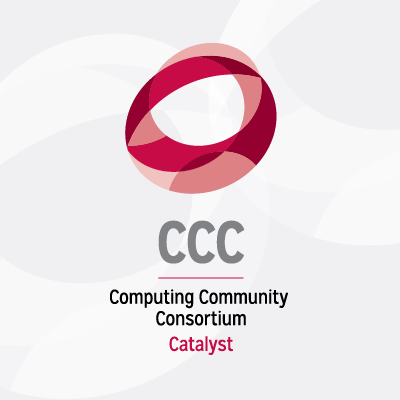After leading the world in telecommunications research innovations, the United States now trails several dozen other nations in the availability of broadband to consumers. The Obama administration’s broadband stimulus initiative represents an extraordinary opportunity to re-gain the lead.
The Computing Community Consortium, working with a remarkable coalition of all the major groups involved in cyberinfrastructure for research and education, has been weighing in heavily on broadband strategy. This week, the Chronicle of Higher Education featured this group’s position paper, “Unleashing Waves of Innovation.”
Our basic messages – consistent with the position advocated by Microsoft and others:
- Use an aggressive definition of broadband – 100 mbps – in order to be competitive with other nations.
- Focus the initiative on K-12 schools, higher education institutions, libraries, community centers, clinics, and hospitals: reach a broad range of citizens, and the next generation of innovators and consumers.
- Recognize the historic role of the state and regional networks that grew out of the higher education community in reaching unserved and underserved regions. In general, neither telecommunications companies nor state agencies have provided effective leadership.
The recommendations in the “Unleashing” document were reached with remarkable unanimity among individuals and organizations representing a broad range of academic and infrastructure organizations. The objective is to help shape the approach that will be adopted by the Department of Commerce and the Department of Agriculture in allocating nearly $7 billion in broadband stimulus funds. A similar task must be undertaken in each and every state – state governments will play a significant role in formulating and prioritizing proposals to Commerce and Agriculture for stimulus funds.
Read the “Unleashing” paper here. Read the Chronicle article here.










Trackbacks /
Pingbacks